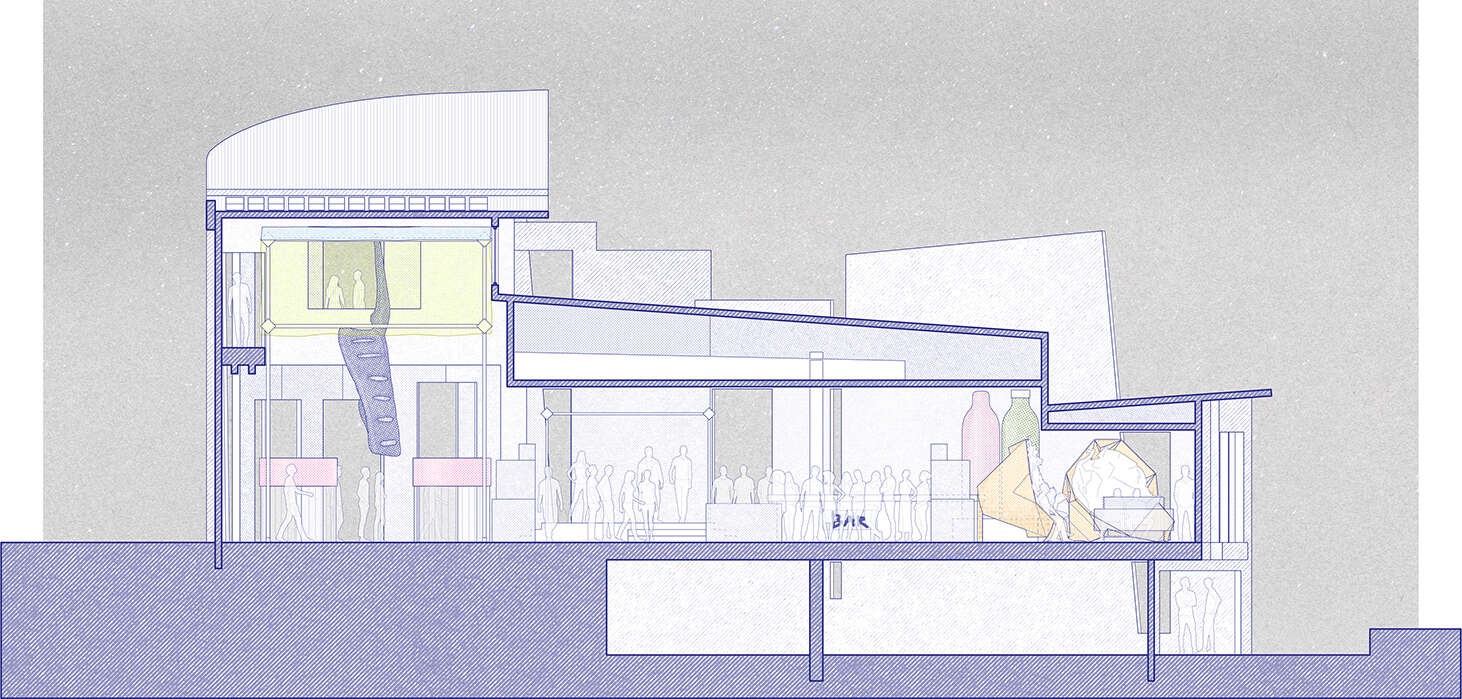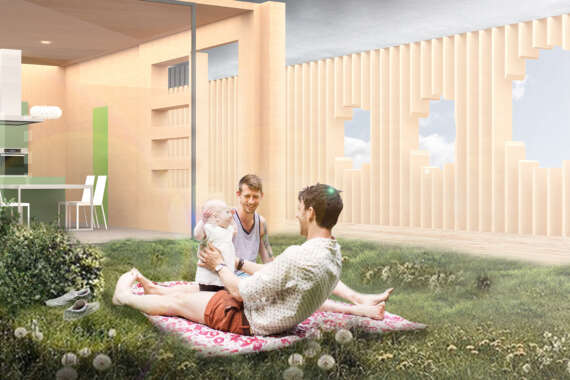Clubs are ritualistic spaces for youth within the city that provide escapism from daily realities. Economic conditions jeopardise club culture, with a massive decline in clubs worldwide in the past 20 years. Heightened again more recently with COVID-19, this became acutely apparent locally during the #saveourvenues campaign in 2020.
Clubs constitute a form of cultural infrastructure. However, there is no provision to protect and maintain clubs in Tāmaki Makaurau. While COVID presented an acute threat in the medium term, the gentrification of our central city enclaves presents a more profound risk to local club culture. As space is finite within the central city, there is a battle for territory. The gentrification cycle restricts and marginalises club space, jeopardising their territory and affordability within the city. Complicating the issue of recognising, protecting and maintaining club culture in Auckland, is the fact that clubs are transient. With their demographic, economic and social fluxes, some last only a night, others years or decades. However, as clubbing is an urban form of leisure, they need territory in the city. As an already thriving but fluctuating area, Karangahape needs recognition and support to establish it as a precinct for club culture.
This thesis asks, “How might an architectural skillset, beyond traditional architectural practice, contribute to sustaining club culture and discourse in Tāmaki Makaurau?”
The thesis sets out and establishes an architectural design and production methodology for deployment in club environments. This is summed up and titled as Sampling. This method takes inspiration from music production’s resourcefulness, making the most of emergent technologies in their ability to create new things but also reappropriating the old in a new manner, replacing the needs for equipment and capital. Sampling spaces, objects and atmospheres, unified with emergent technologies to create affordable escapist spaces. With this, transient clubs can mutate and move as they need. Sampling informs and is informed by my physical modelling practices. This modelling practice uses sampled materials with emergent digital fabrication technologies, a translation from music to architectural production.
This thesis demonstrates my disciplinary knowledge past traditional architecture, to tackle issues around: policy, urban condition, spatial condition and culture. Ultimately, this makes a case for the role of the architect as a generalist practitioner to effectively assess and address issues beyond buildings. As part of this, the methodology of Sampling has been set up to assist its community in deploying club environments, and makes the case for Karangahape to be a music precinct and the main territory within the city for club culture.























